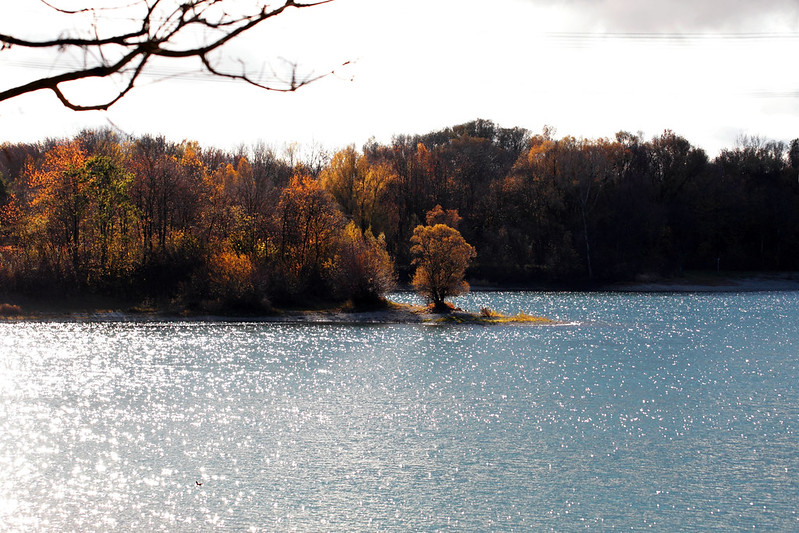🔵 By Matthew Boivin. Photo by lauragrafie.
Essay for College: Comparison/Contrast
Topics Two different countries: Germany and Canada
Of all the countries in this vast world which two can be considered much the same yet different enough to select as an exciting travel destination? There are at least two nations that answer that question – Germany and Canada are strikingly similar in their democratic socialist political structure, but the two countries are at variance through their monetary systems, their cultural origins, and their natural resources.
Although the countries of the world are slowly gravitating toward a single currency, the monetary systems of Germany and Canada are vastly different. For starters, Germany has used the Euro as its form of currency since 1999, and it is an interesting note that a German, Arthur Eisenmenger, created the symbol for the Euro – €. Further, the German monetary system dates back to 1619 with the advent of the Hamburg mark. With the current political turmoil in Ukraine threatening Europe, the Euro still hold its value at $0.99 against the US dollar.
In contrast, Canada avoids the Euro in favor of the Canadian dollar. The Canadian dollar entered circulation in 1858 after abolishing the Canadian pound. Even though Canada is far from the European political crisis, the Canadian dollar is only $0.73 against the U.S dollar. These differences in the two countries‘ monetary systems lay the foundation for other dissimilarities. Germany and Canada stand apart from each other in their cultural origins as well. For example, modern Germany can trace its roots to Germanic tribes in the first century of the current era with a treatise titled Germania written by Caius Cornelius Tacitus during the reign of the Roman Emperor Nero. Popular culture in Germany is influencers by major intellectual currents in Europe with Germany itself known as „Das Land der Dichter und Denker“ (The land of poets and thinkers.) The official language of Germany is German, and it is one of the three languages used by the European Commission, indicative for Germany’s rank as a cultural influencer beside the United Kingdom and France. Conversely, Canada as a country is largely a result of colonial expansionism, having been founded by the French in 1534 and ceded to the British in the 1763 Treaty of Paris agreement. The popular culture of Canada is shaped by French and British cultures with a large amount of influence from its indigenous cultures as well – even the country’s name „Canada“ originates from an Inoquian word meaning „settlement“. The official languages of Canada are French and English, suggestive of the country’s acceptance of diversity. These cultural distinctions highlight the distinguishing characteristics of each country.
The final point of dissimilitude to discuss between Germany and Canada is their vastly diverse natural resource availability. Germany produces limited natural gas as a lesser export. German automakers are world-renowned and companies like Mercedes and BMW fuel the motorsports tourism industry with famous Formula One pilots such as Michael Schumacher, the highest paid sportsman in history, drawing tourists from across the world. Germany is also the world’s largest leading producer of lignite, a form of coal that, when burned, creates abundant, low-cost and environmentally sustainable electricity. Unlike Germany, Canada’s vast forests make the country a large exporter of timber. These sprawling forests also make Canada a favored destination for hunting tourism with large herds of moose, elk, and even reindeer in the far northern reaches mean the Arctic Circle. Canada is also present on the world stage as a leading oil producer, offering to sell America enough oil to replenish its depleted oil reserves. The varied access to natural resources reflects the countries‘ overall divergence.
In review, Germany and Canada deviate from each other through their monetary systems, their cultural origins, and their natural resources. These differences, among myriad others, create each country’s unique identity. With so many elements of variation, either country makes an interesting option for travel.

